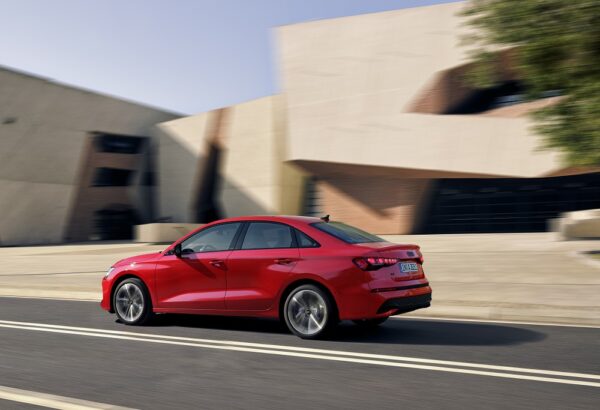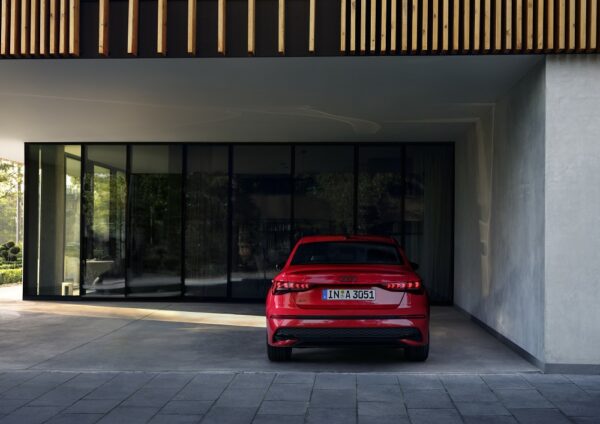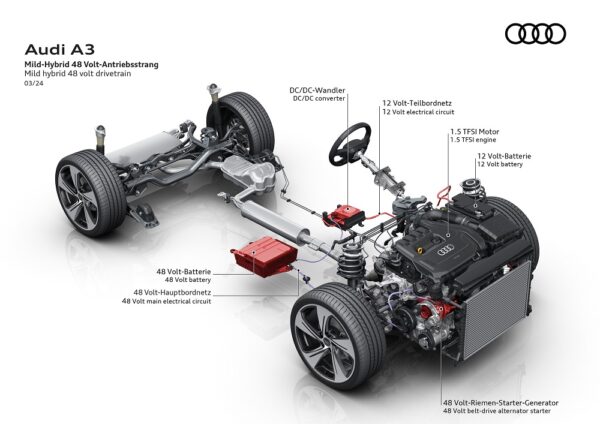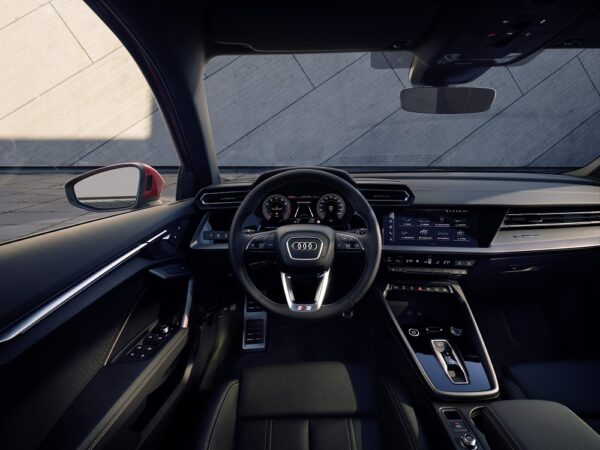Audi Refreshes the A3 for 2025, But You Need a Subscription for These Key Features
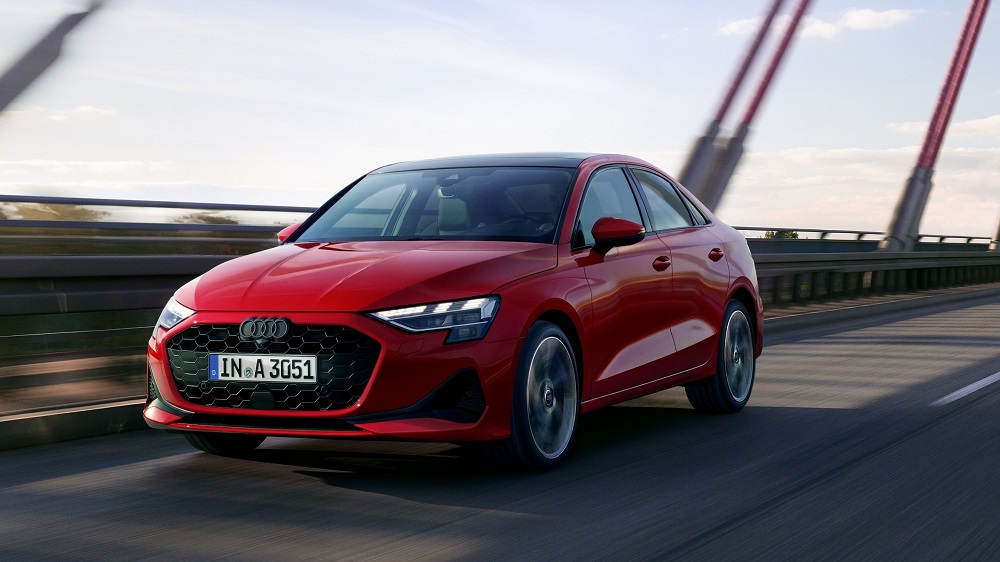
Audi capitalizes on an infamous policy with their 2025 A3 facelift, gatekeeping several features behind a subscription.
The Audi A3 marked the German manufacturer’s first foray into compact car sales since 1978. With its introduction into European markets in September of 1996, it represented Audi’s most entry-level option. A hot hatch based on the Mk4 Golf which actually hit the market a year earlier than its sibling. The original A3 was a fun, nippy little go-kart with a peppy engine and basic features.
These days it’s mostly kept to the same mantra, being Audi’s cheapest new model and retaining its sporty design philosophy. And now with a brand-new, more aggressively-styled facelift to boot. It’s also likely the last generation to receive a manual gearbox (at least in Europe). So if you’re looking for a new three-pedal Audi, you’ll be out of luck in a couple of years. It’s got the usual refinements: 2.0L turbo I-4 (standard in the US). Plus front or all-wheel drive, facelifted front and rear bumpers reminiscent of the RS 3, and revised interior design.
Oh, and the infamous subscription-based features.
We’ve seen this trend more and more across the industry, especially in base-model cars. Thankfully Audi’s not totally overdoing it and locking core features behind paywalls. Although European markets may find more features than US models have the infamous subscription-only tag. Still, Audi introduced this model five years ago and it was due for a facelift. Overall, the car looks the part, with the new bumpers and slick interior rework. The fabric inserts in the doors are a particularly nice touch. It’s not perfect, certainly with the subscription services factored in. But with the 2026 rework right around the corner, it’s not likely to change much from this point. And it still represents the best introductory-level Audi on the market with a warranty sticker.
What You’ll Get out of the Box
Thankfully Audi’s team kept several comforts on offer as more traditional options. As far as powertrain, you get the 1.5L in Europe, and 2.0L with automatic transmission in the US. So not much changed there, though that’s no surprise with the electrics right around the corner.
Luxury features include staples like smartphone integration and your basic climate control. Which, thankfully, do not feature a subscription-based model. According to a press release by Audi, they intend to offer USDM models with “the same offer structure for Function on Demand as the previous 2024 model year.” This means you’ll have to pay a subscription for enhanced navigation and adaptive cruise control, at least for US-spec A3s. Dual-zone climate control and high beam assist will not make it to the US market as subscriptions, however. We’re likely to see Audi release more specifics such as pricing towards the end of the year. But for now, thankfully the subscription services won’t impact too many features.
Elsewhere on the car, expect a variety of mostly cosmetic changes. Audi didn’t change much about the cabin, just cleaning it up a little. You still have the all-digital touchscreen dash and a smooth, glossy center console. The shifter knob is now more accurately a shifter switch, there’s new fabric inserts, and new lighting options for the cabin. Probably the biggest tell exterior-wise is the rear bumper, now with the full-length mesh from the RS 3. The front grille’s wider than the original as well, continuing off Audi’s other facelifts. They’re likely to retain the standard engines, however, especially seeing as they’re ceasing combustion engine production for 2026. So for the most part, expect this update to be purely cosmetic.

